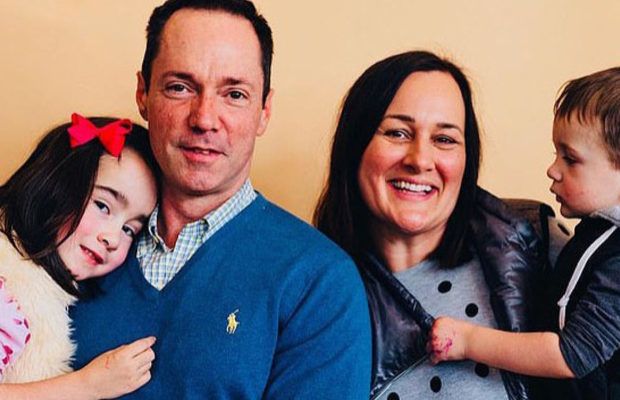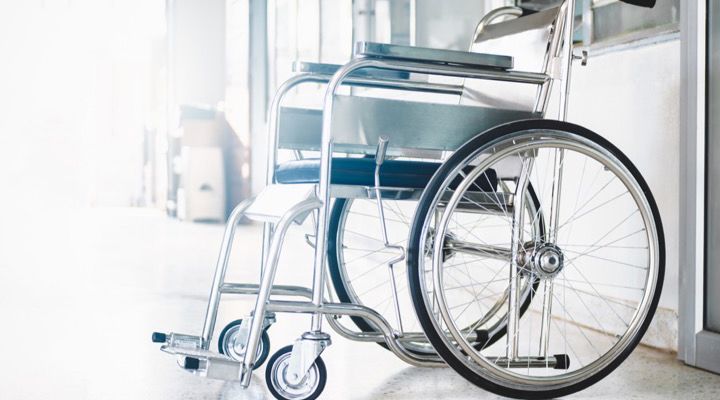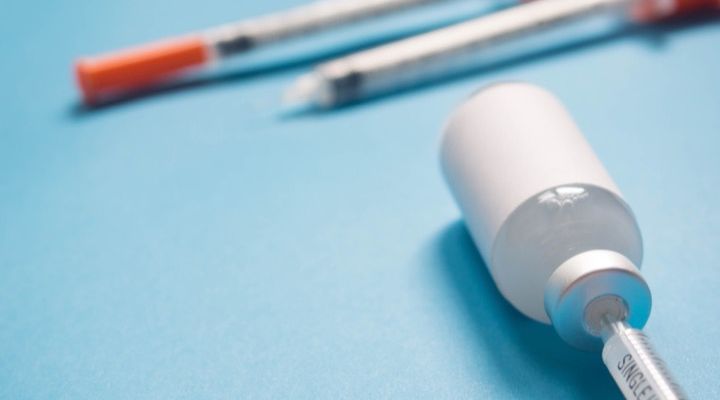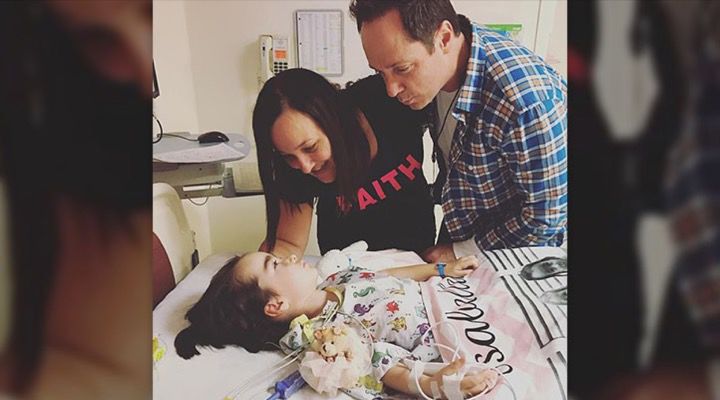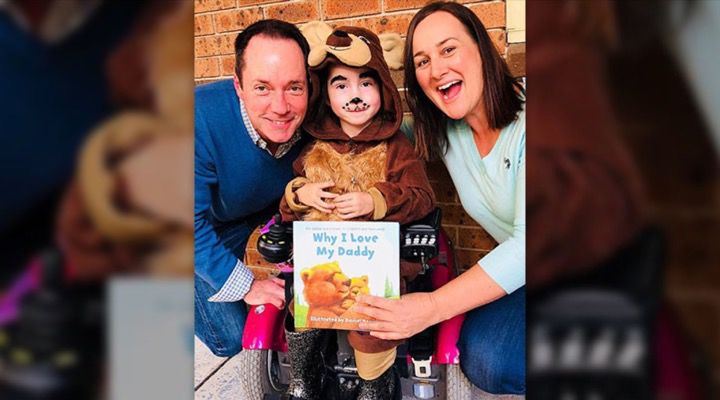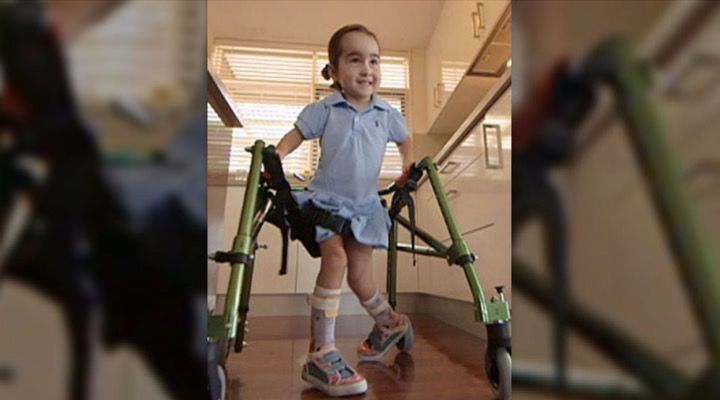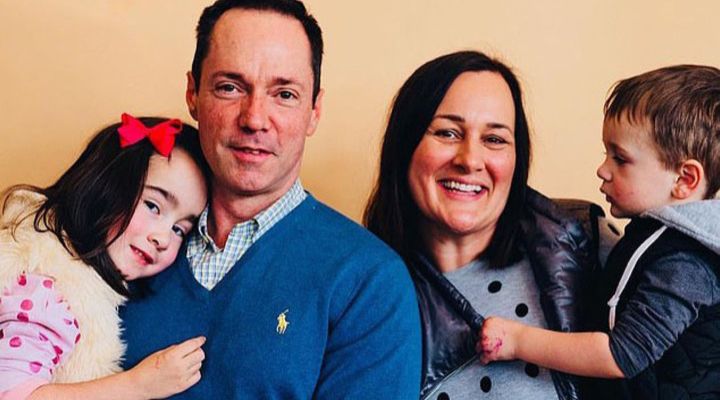Doctors dedicate years of their lives studying and learning about treating and healing the human body. Yet doctors aren’t always right, which is why it’s crucial that parents listen to their instinct when it comes to the health and wellbeing of their child.
After an Australian toddler was diagnosed with a form of cerebral palsy, doctors told the little girl’s parents that absolutely nothing could help her gain mobility and independence. However, the couple refused to listen and went ahead with several controversial treatments. Now, their little girl is doing better than doctors claimed was possible.
A Perfect Baby
Six years ago, Libby and Joseph Lombardo gave birth to their first daughter who they named Isabella after laying eyes on her for the first time. To the excited new parents, Isabella was absolutely perfect and they went home excited to start their new lives as parents.
Red Flags
Over time, however, the couple started to notice Isabella wasn’t developing as she should have been and seemed to have trouble moving certain muscles easily. As the months passed by, the issues became more and more apparent to the couple from Sydney, Australia.
Searching For Answers
The couple decided to bring Isabella to the doctor as they feared something was wrong with their baby girl. Unfortunately, the doctor didn’t know what the issue was. The couple searched for answers in the hopes that if they could figure out what was wrong, there would be a solution.
The Diagnosis
Two years later, doctors finally managed to realize what was causing the now toddler to struggle with her movement and dexterity. According to the doctors, Isabella was suffering from spastic diplegia, a form of cerebral palsy where muscles are extremely tense and spasm.
The Prognosis
Over time, people suffering from spastic diplegia lose range of motion as joints start to stiffen. After explaining the diagnosis, Isabella’s doctors told her parents that, unfortunately, there was practically nothing they could do to help the toddler.
Isabella’s Future
According to Libby and Joseph, doctors told them that Isabella would never walk on her own. She would likely need to get around by wheelchair for the rest of her life. At best, she might be able to get around with someone else’s help or with the aid of a walker.
The Only Treatment
The couple was devastated by the thought that Isabella wouldn’t be independent as an adult. At that point, doctors in Australia were insistent that nothing could be done to treat Isabella. All they could do was give Isabella botox injections to ease the muscle.
A Temporary Fix
The botox injections helped to ease Isabella’s pain and helped ease her tensed muscles. However, the injections only offered partial and temporary relief. The couple also wasn’t thrilled of the idea that their young daughter would have to be routinely injected with botox for the remainder of her life.
Searching For Hope
Libby and Joseph refused to listen to doctors about Isabella’s prognosis, and they both began a long search to find a treatment that could give their daughter independence. After countless hours spent researching online, Joseph finally found something that gave them hope.
A Controversial Surgery
After reading as many medical papers and studies that he could find, Joseph found out about a controversial surgery called selective dorsal rhizotomy, or SDR. The spinal surgery involves a surgeon cutting part of the abnormal nerves that connect muscles to the spinal cord to that the muscles can finally relax.
Discouraging Doctors
The couple went straight to their doctor in Australia to discuss Isabella’s case and the surgery, but every doctor they spoke to told them they would not operate on the little girl. They claimed her case wasn’t serious enough and that the irreversible risks were too great. They also warned the surgery could cause more harm to Isabella.
Following Their Instincts
Libby and Joseph understood the risks and thought hard about their options. Ultimately, they decided to go with their instinct and traveled to the St. Louis Children’s Hospital in Missouri in 2016 after raising enough money for the risky but promising surgery.
Instant Results
“The alternative is that you sit back and you wait until these treatments are available in Australia,” Joseph told 60 Minutes. “And that can be 10 or 20 years – by which time it’s too late.” According to the couple, Isabella spent three months recovering from the surgery but they noticed results almost immediately.
A Noticeable Improvement
“Her legs were completely relaxed for the first time, her toes weren’t pointed in, her knees weren’t held together, her feet weren’t flexed,” Joseph told ABC News. After recovering, Isabella started intensive physical therapy five days a week as well as hydrotherapy sessions.
Relearning To Walk
“Essentially what you have to do is reprogram the movement patterns,” Joseph explained. “She learned how to move her legs when they were still affected by spasticity and now she has to learn how to move new muscles and turn them off and on in a different pattern.”
Worth The Sacrifice
After three months, Isabella had made incredible progress and was walking and even running with a walker. “The most wonderful thing is to see her self-confidence lift like in herself she is so much happier, she is like a different child,” Libby added. “She is able to participate in things and her inclusion with preschool and with her friends is just phenomenal to watch.”
Another Controversial Treatment
After performing more research, the couple brought Isabella to Mexico to undergo another controversial stem cell treatment that doctors in Australia were adamantly against. “We saw a professor heading up some stem cell treatment here in Australia and he was very, what should I say, against it,” Libby told 60 Minutes.
Impressive Strides
“He advised us to not participate in anything like that,” Libby added. However, after the treatment, Isabella started making even bigger strides in her mobility. She could now walk with canes, ride a modified bike, run with a walker, stand on her own, as well as take two completely unassisted steps. “I want to walk with no sticks and no-one holding me,” the six-year-old told ABC News.
A Beautiful Side Effect
“It’s interesting that the doctors who said they didn’t think that it was the right thing to do, wouldn’t recommend it, and couldn’t recommend her for surgery here in Australia have basically said, ‘Well, she’s had a fantastic result’,” Joseph said. “I think the most beautiful thing is to see her self-esteem lift through it all and that’s why we do it all,” Libby added.
The Next Steps
The couple has plans to bring Isabella back to undergo more stem cell treatments and physical therapy but are happy with whatever independence she has gained so far. “We know Isabella wants to walk but it’s about Isabella reaching her full potential, no matter what that is,” Libby said. “If that means taking steps then that’s fantastic but if it’s not, she’s still perfect in our eyes.”
